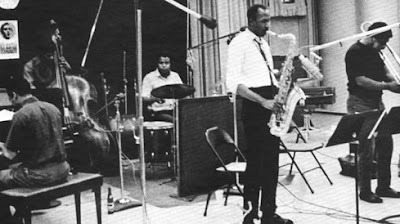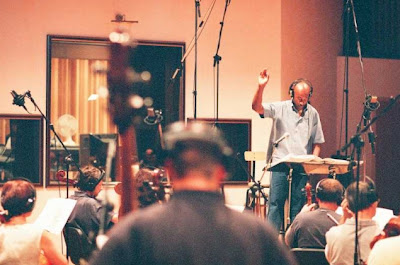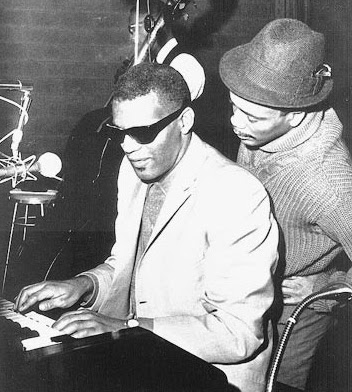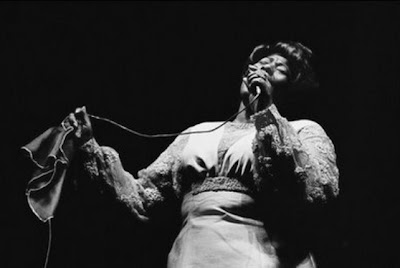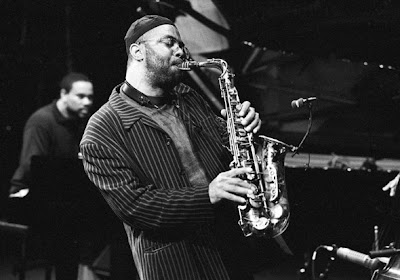In the past the jazz community
could be depicted as one big family divided by domestic conflict, but by
the end of the eighties that family seemed to be dissolving. If
contemporary jazz musicians still return to the standards as an
obligatory exercise in style or as the opportunity to express their
devotion to tradition, the repertoire and practises are no longer
homogeneous enough to allow an encounter between musicians of different
generations.
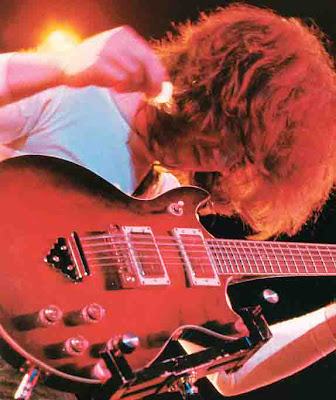 |
| Pat Metheny |
And jazz fans? Feeling rather lost, the lovers of
early jazz seen great connection between all this and the colourful
legend of New Orleans that brought them to the field in the first place.
Then there are other specialists: collectors of West Coast music and
those fondly reminiscent of the radical sixties and seventies.
All three share a protest against ECM productions, which they consider sterile and devoid of swing.
 |
| John Scofield & Joe Lovano |
25 Essential Jazz Recordings of the 1980's and 1990's(all styles)
Howard Alden/Dan Barrett, ABQ Salutes Buck Clayton (Concord Jazz)
Geri Allen, In The Year Of The Dragon (Verve)
Art Blakey, Keystone 3 (Concord Jazz)
Ruby Braff, A Sailboat In The Moonlight (Concord Jazz)
Michael Brecker, Michael Brecker (MCA/Impulse)
James Carter, Jurassic Classics (DIW/Columbia)
Kenny Garrett, Pursuance (Warner Bros.)
Jerry Gonzalez, Rhumba Para Monk (Sunnyside)
George Gruntz Concert Jazz Band, Fist Prize (Enja)
Roy Hargrove, Of Kindred Souls (Novus)
Joe Henderson, Lush Life (Verve)
Keith Jarrett, Bye Bye Blackbird (ECM)
Joe Lovano, Rush Hour (Blue Note)
Branford Marsalis, Trio Jeepy (Columbia)
Wynton Marsalis, Black Codes From The Underground (Columbia)
Wynton Marsalis, In This House, On This Morning (Columbia)
Jackie McLean, Dynasty (Triloka)
Pat Metheny, Letter From Home (Geffen)
Mingus Big Band, Nostalgia In Times Square (Dreyfus)
David Murray, Hope Scope (Black Saint)
Buell Neidlinger, Blue Chopsticks (K2B2)
James Newton, The African Flower (Blue Note)
Tito Puente, Goza Me Timbal (Concord Picante)
John Scofield, Hand Jive (Blue Note)
Yellowjackets, Four Corners (MCA)
Books
Forces In Motion (Anthony Braxton) by Graham Lock (Da Capo Press, 1988)
Jazz - The 1980s Resurgence by Stuart Nicholson (Da Capo Press, 1990)
Outcats by Frances Davis (Oxford Univ. Press, 1990)
Rhythm-A-Ning by Gary Giddins (Oxford Univ. Press, 1985)
Talking Jazz by Ben Sidran (Da Capo Press, 1995)
____________________





